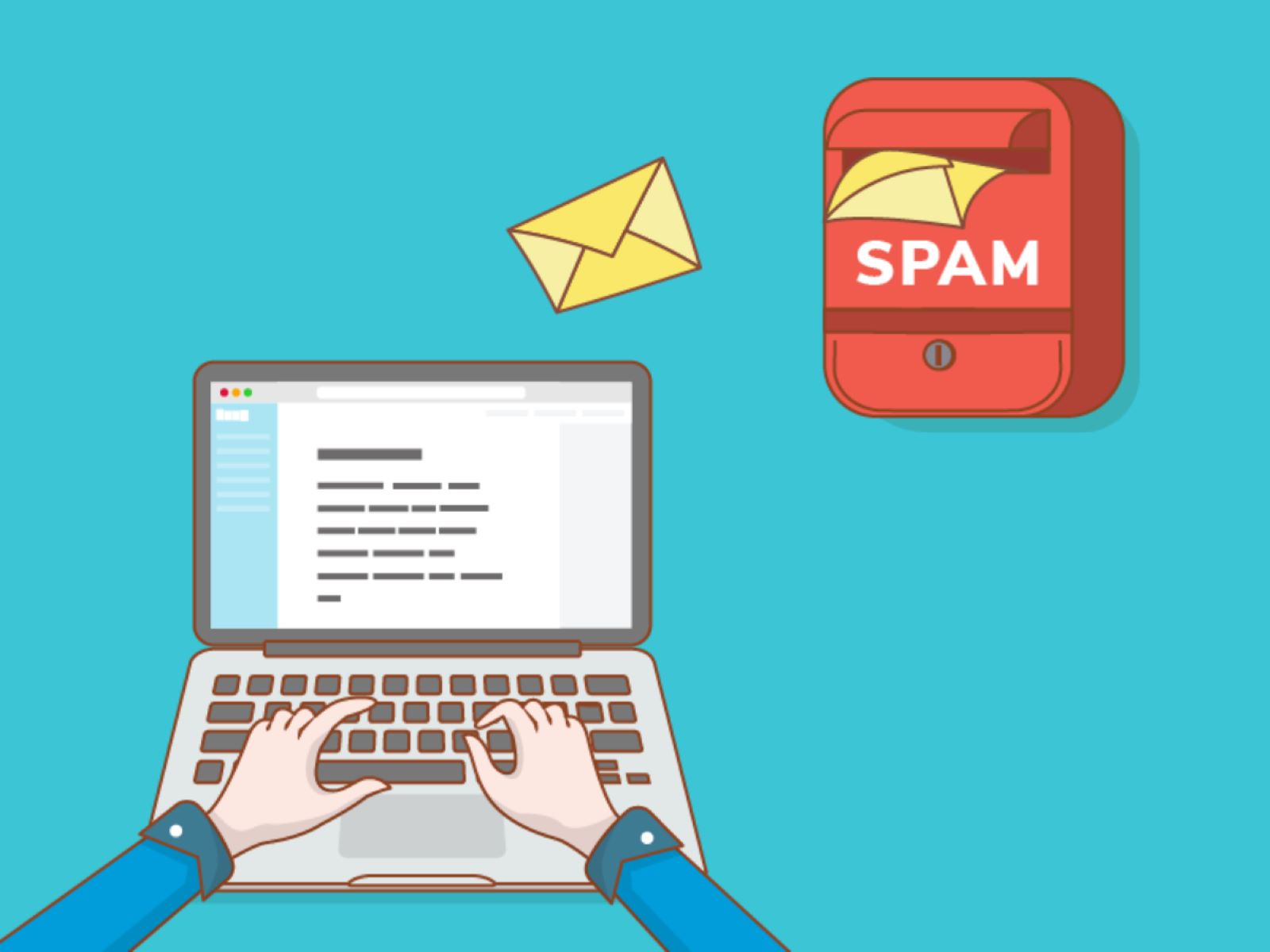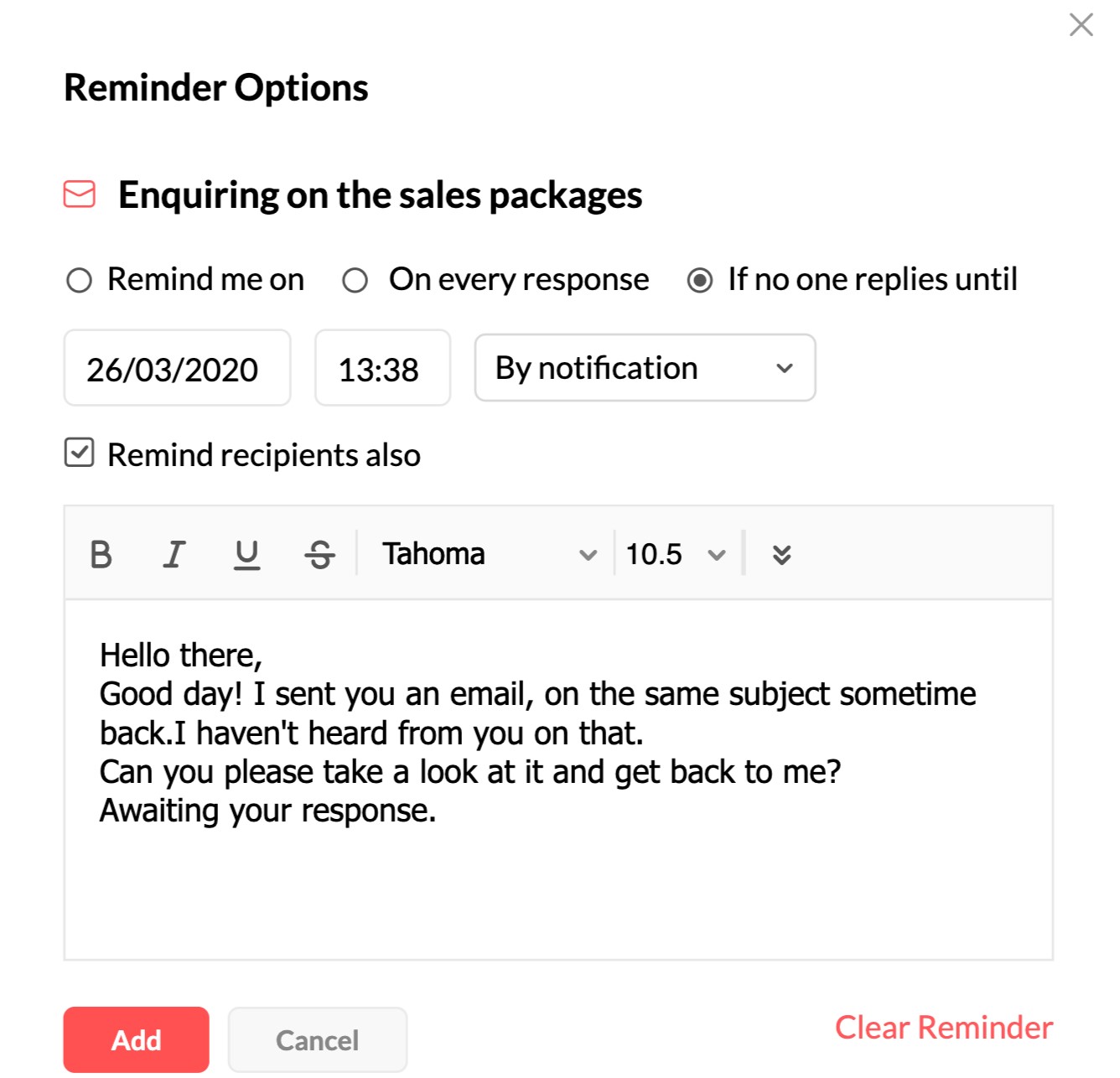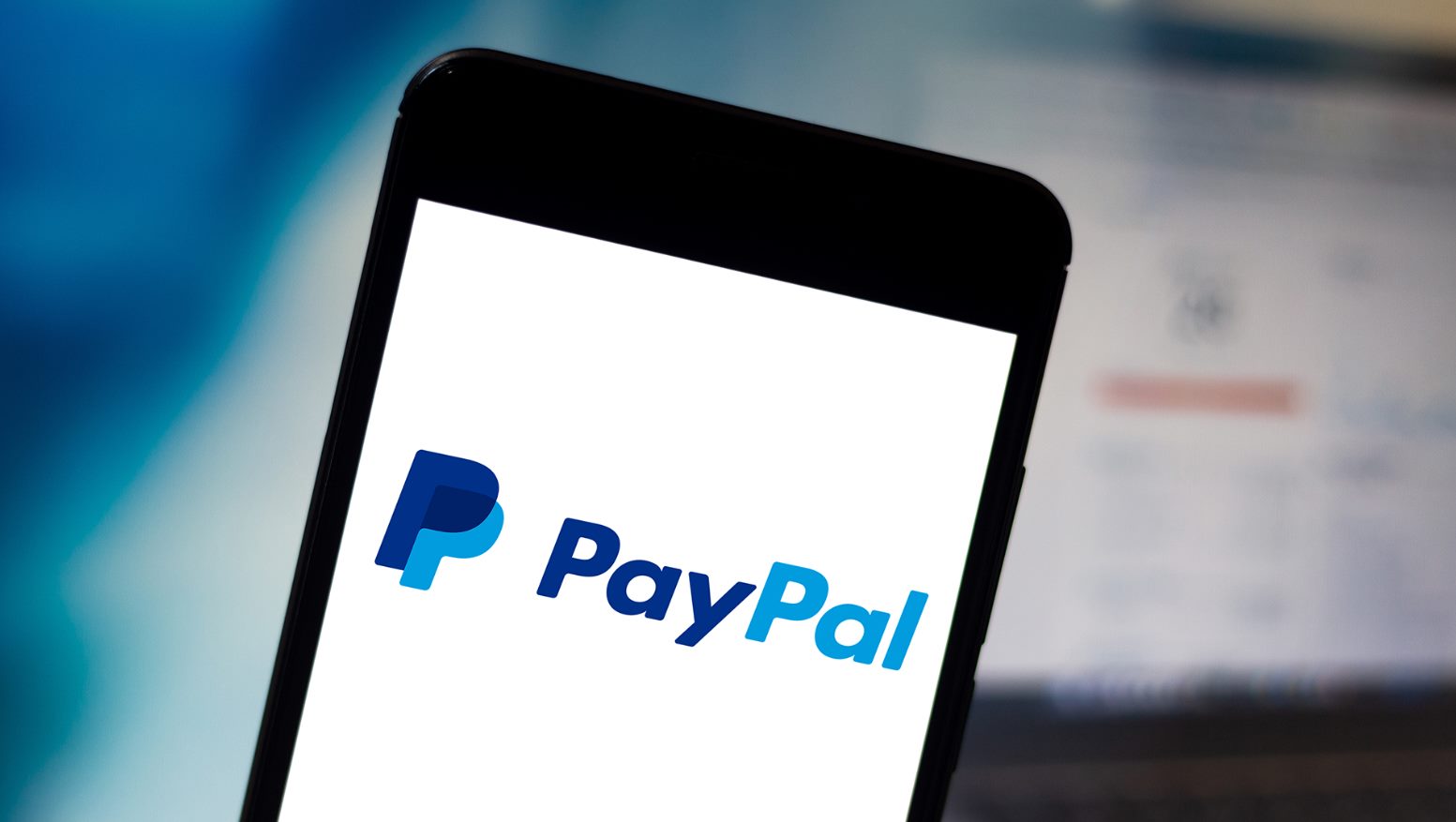Introduction
Welcome to the world of email marketing! In today’s digital age, email remains one of the most powerful and effective ways to connect with your audience. But sending out emails is just the first step. The success of your email marketing campaigns relies heavily on one key metric – the email open rate.
The email open rate is the percentage of recipients who open your email out of the total number of recipients you sent it to. It is a crucial metric that helps you gauge the effectiveness of your email campaigns and the engagement level of your audience.
Understanding and improving your email open rate is essential for maximizing the impact of your email marketing efforts. In this article, we will delve deeper into what email open rate means, why it is important, factors affecting it, how to calculate it, benchmarking, and strategies to improve it.
So, whether you’re a seasoned email marketer looking to optimize your open rates or a beginner just starting out, this guide will provide you with valuable insights and practical tips to increase the success of your email campaigns.
Definition of Email Open Rate
Email open rate is a metric used in email marketing that measures the percentage of recipients who open an email that you have sent. It provides insight into how many subscribers are actually engaging with your email content.
When an email is considered “opened,” it means that the recipient has viewed the email by either clicking on it or previewing it in their email client. However, it’s important to note that email open rate cannot track when a recipient has read the entire email or taken any further action.
Email open rate is typically expressed as a percentage and is calculated by dividing the number of unique email opens by the number of emails delivered, excluding bounced emails. For example, if you send out 1,000 emails and 300 of them are opened, your email open rate would be 30%.
It’s worth mentioning that not all email opens can be accurately tracked. Some recipients may have disabled images in their email client, which prevents the tracking pixel embedded in the email from loading and registering the open. Additionally, some email clients may auto-open emails in the preview pane without the recipient actually actively engaging with the content.
Despite these limitations, email open rate is still a valuable metric for assessing the success of your email campaigns and understanding how well your audience is responding to your messages.
Importance of Email Open Rate
The email open rate is a crucial metric for email marketers because it provides valuable insights into the effectiveness of their email campaigns. Here are some key reasons why the email open rate is important:
1. Engagement measurement: The email open rate helps you gauge how engaged your audience is with your email content. If your open rate is low, it indicates that your emails may not be capturing the attention of your subscribers. On the other hand, a high open rate suggests that your emails are resonating with your audience and generating interest.
2. Effectiveness of subject lines: The subject line of an email plays a significant role in determining whether or not it gets opened. By tracking the open rate, you can assess the impact of your subject lines. If you notice a low open rate, it may be an indication that your subject lines are not compelling enough, and you might need to experiment with different approaches to capture attention.
3. Campaign performance evaluation: The open rate provides insights into how well your overall email marketing campaigns are performing. By tracking the open rate over time, you can identify trends and patterns that can help you refine your strategies. It allows you to compare the performance of different campaigns and assess which ones are resonating the most with your audience.
4. Segmentation and personalization: A high open rate signifies that your email content is relevant and targeted. It indicates that you are effectively segmenting your audience and delivering personalized messages that meet their needs and interests. If your open rate is low, it may indicate that you need to further refine your segmentation efforts or improve the personalization of your emails.
5. Email deliverability: ISPs (Internet Service Providers) take into account the engagement rates of your emails when determining whether to deliver your emails to the recipients’ inbox or the spam folder. A low open rate can negatively impact your email deliverability, as it may signal to ISPs that your emails are not valuable to recipients, leading to lower inbox placement rates.
6. ROI and revenue generation: Ultimately, the success of your email marketing efforts can be measured in terms of ROI and revenue generation. A higher open rate increases the likelihood of recipients engaging with your email content, clicking on links, and converting into customers or taking the desired action. By improving your open rate, you can potentially increase your revenue and achieve a higher return on investment.
In summary, monitoring and optimizing your email open rate is essential for understanding the engagement level of your subscribers, improving the performance of your email campaigns, and ultimately driving the desired actions and business outcomes.
Factors Affecting Email Open Rate
There are several factors that can impact the email open rate. Understanding these factors is crucial for improving your open rates and optimizing your email marketing efforts. Let’s explore some of the key factors:
1. Subject line: The subject line of your email is the first impression you make on your subscribers. A compelling and engaging subject line is more likely to entice recipients to open your email. Factors such as personalization, relevance, and curiosity-inducing wording can influence the open rate.
2. Email sender name: The name displayed as the sender of your email can influence whether or not recipients choose to open it. If your email sender name is recognizable and trustworthy, it can increase the likelihood of your emails being opened. Consider using a familiar name or your company name to build credibility.
3. Email list quality: The quality of your email list plays a significant role in the open rate. A list consisting of engaged and interested subscribers is more likely to have higher open rates compared to a list with outdated or unengaged recipients. Regularly clean and update your email list to maintain a higher quality audience.
4. Email timing: The time and day that you send out your emails can impact the open rate. Consider the habits and preferences of your target audience. Test different send times to determine what works best for your specific audience. Additionally, consider time zone differences if you have an international audience.
5. Email design and layout: The visual appeal and readability of your email can influence whether recipients open it or not. A well-designed email with clear and concise content, captivating images, and a mobile-friendly layout can increase the chances of your emails being opened.
6. Relevance and personalization: Tailoring your email content to the individual preferences and needs of your subscribers can significantly impact the open rate. Segmentation and personalization techniques, such as using recipient’s names, addressing their specific pain points, or providing customized offers, can make your emails more relevant and increase engagement.
7. Past engagement: The previous engagement history of your subscribers can influence the open rate. Subscribers who have previously engaged with your emails are more likely to open future emails compared to those who haven’t shown much interest. Segment your list based on engagement levels and tailor your email strategies accordingly.
8. Email deliverability: If your emails are getting caught in spam filters or not reaching the inbox, it will negatively impact the open rate. Factors such as email authentication, sender reputation, and maintaining a clean email list can improve deliverability and ultimately increase the open rate.
By analyzing and optimizing these factors, you can improve your email open rates and maximize the impact of your email marketing campaigns. Keep in mind that continuous testing and experimentation are essential to find the strategies that work best for your unique audience and industry.
How to Calculate Email Open Rate
Calculating the email open rate is a straightforward process. It involves dividing the number of unique email opens by the number of emails delivered, excluding bounced emails. Here’s a step-by-step guide on how to calculate the email open rate:
1. Identify the number of unique email opens: Most email marketing platforms provide metrics that track the number of unique opens. This number represents the total number of recipients who have opened your email at least once. Remember, this metric counts each recipient only once, regardless of how many times they may have opened the email.
2. Determine the number of emails delivered: You need to know how many emails were successfully delivered to your recipients’ inboxes. This number excludes bounced emails, which are undeliverable due to invalid email addresses or other delivery issues. Email marketing platforms usually provide data on the number of emails delivered.
3. Calculate the email open rate: With the number of unique opens and the number of emails delivered, you can now calculate the email open rate. Divide the number of unique opens by the number of emails delivered and multiply the result by 100 to get the open rate percentage. For example, if you had 500 unique opens and 1,000 emails delivered, your open rate would be 50%.
It’s important to note that the email open rate is not always 100% accurate. Open rates are typically tracked using a small, transparent image or a tracking pixel embedded in the email. However, certain email clients and recipient preferences may prevent the tracking pixel from loading, leading to underreported open rates. Despite these limitations, the open rate is still a valuable metric for gauging the engagement level of your email campaigns.
Additionally, it’s worth considering that different email marketing platforms may calculate open rates slightly differently. Some platforms may calculate open rates based on unique opens, while others may include total opens (including multiple opens by the same recipient) in their calculations. Always refer to your specific email platform’s documentation to understand how they calculate open rates.
By regularly monitoring and analyzing your email open rates, you can gain valuable insights into the effectiveness of your email campaigns and make data-driven decisions to optimize your strategies and improve overall engagement with your audience.
Benchmarking Email Open Rates
When analyzing your email open rates, it’s important to have a benchmark to compare your performance against industry standards. Benchmarking allows you to assess how well your email campaigns are performing relative to others in your industry or niche. While open rates can vary depending on several factors, including industry, audience, and the type of email being sent, having a benchmark can provide insights and metrics for improvement.
Here are a few benchmarks to consider when evaluating your email open rates:
1. Overall industry averages: Various studies and reports provide average open rate benchmarks for different industries. These benchmarks can serve as a starting point to measure the effectiveness of your email campaigns. However, keep in mind that every business is unique, and factors such as audience demographics and email content can significantly influence open rates.
2. Previous campaign performance: Comparing your current open rates to your past campaign performance is a useful benchmark. If you notice a significant increase or decrease in open rates, it may indicate the effectiveness of changes you made to your email strategies or potential issues impacting engagement.
3. Segment-specific benchmarks: Certain segments within your email list may have different engagement levels. For example, subscribers who have recently joined may have a higher open rate compared to those who have been on your list for a longer time. Segmenting your audience and benchmarking open rates within these segments can provide more targeted insights.
4. Competitor analysis: While it can be challenging to gain access to competitor email metrics, keeping an eye on the industry landscape and observing competitor email marketing practices can give you a sense of what works and what doesn’t. Look for opportunities to learn from their successes and adapt their strategies to your own campaigns.
5. Known industry leaders: If you have access to data on open rates from industry-leading companies or organizations, consider using them as a benchmark. While direct comparisons may not always be applicable due to differences in audience size and segment, studying their strategies can provide insights and inspiration for improving your own open rates.
Ultimately, the goal of benchmarking is not to strive for a specific open rate number, but rather to understand the trends and identify areas for improvement. It’s essential to set realistic goals based on your industry, audience, and campaign objectives. Monitor your open rates consistently and make adjustments to your email strategies and content to continually improve engagement with your subscribers.
Remember, while benchmarking can provide useful reference points, the most important benchmark is your own historical data and progress. Focus on optimizing your email campaigns based on your specific audience and business goals to achieve the best open rates for your unique email marketing efforts.
Improving Email Open Rates
As an email marketer, improving your email open rates is key to ensuring the success of your campaigns. Increasing the number of subscribers who open your emails can lead to higher engagement, better click-through rates, and increased conversions. Here are some strategies to help you improve your email open rates:
1. Write compelling subject lines: Craft subject lines that grab attention and create curiosity. Experiment with different approaches such as asking questions, using personalization, adding urgency, or teasing intriguing content. A compelling subject line can entice recipients to open your email and discover what’s inside.
2. Segment your audience: Tailor your emails to specific segments of your audience based on their interests, behaviors, and preferences. By sending targeted and relevant content, you increase the chances of recipients opening and engaging with your emails.
3. Personalize your emails: Use personalization techniques to make your emails more personalized and relevant to each recipient. Address them by name, reference their past purchases or interactions, and provide customized recommendations. Personalized emails have a higher chance of capturing attention and generating opens.
4. Optimize email design: Ensure that your emails are visually appealing and optimized for different devices and email clients. Use responsive design to ensure that your emails look great on mobile devices. A clean and visually appealing layout with clear calls-to-action can encourage recipients to open your emails and explore further.
5. Experiment with send times: Test different send times to identify when your audience is most likely to open your emails. Consider their time zones, preferences, and habits. Analyze the data and adjust your send times accordingly to maximize open rates.
6. A/B test subject lines: Split test different subject lines to identify the ones that resonate best with your audience. Test different lengths, tones, and variations to see which ones generate higher open rates. Use this data to refine your subject line strategies moving forward.
7. Deliver valuable content: Provide relevant and valuable content that meets the needs and interests of your subscribers. Focus on educating, informing, entertaining, or solving their problems. When recipients perceive your emails as valuable, they are more likely to open them.
8. Optimize preheader text: The preheader text is the short preview that appears next to or below the subject line in the email client’s inbox. Use this space strategically to provide a sneak peek or additional information that compels recipients to open your email.
9. Keep your email list clean: Regularly clean your email list to remove inactive or unengaged subscribers. A clean list improves deliverability and ensures that your emails are reaching the most interested recipients. Consider implementing re-engagement campaigns to reconnect with inactive subscribers before removing them from your list.
10. Monitor and analyze metrics: Regularly track and analyze your email open rates, click-through rates, and engagement metrics. Identify patterns and trends to understand what is working and what needs improvement. Use data-driven insights to make informed decisions about your email strategies.
Implementing these strategies can help you boost your email open rates and increase the success of your email marketing campaigns. However, it’s important to remember that there is no one-size-fits-all approach. Continuously test, iterate, and optimize based on your specific audience and goals to achieve the best results.
Conclusion
Email open rate is a critical metric in email marketing that measures the percentage of recipients who open the emails you send. It serves as a powerful indicator of subscriber engagement and the effectiveness of your email campaigns. By understanding and improving your open rates, you can enhance the success of your email marketing efforts.
Throughout this guide, we have explored the definition of email open rate, its importance, factors that influence it, how to calculate it, benchmarking strategies, and tips for improving open rates. From crafting compelling subject lines to delivering valuable content, segmenting your audience, and optimizing email design, there are several strategies you can implement.
Remember, it’s essential to constantly monitor and analyze your email open rates, click-through rates, and other engagement metrics. Use the data to refine your email strategies, experiment with different approaches, and adapt to the ever-evolving preferences and behaviors of your audience.
However, keep in mind that email open rate is just one piece of the puzzle. While a high open rate indicates initial engagement, the ultimate goal is to drive desired actions, whether it’s clicking on links, making a purchase, or engaging with your brand further. Therefore, it’s important to focus on the overall success of your email campaigns, including conversion rates, revenue generation, and the overall return on investment.
As an email marketer, your journey to improving open rates and optimizing your email marketing efforts will be an ongoing process. Embrace testing, experimentation, and continuous learning to find the strategies that work best for your unique audience and industry.
Remember, each email campaign is an opportunity to refine your approach, understand your audience better, and deliver value. With a strategic mindset, data-driven decision-making, and a commitment to excellence, you can consistently improve your email open rates and achieve meaningful results in your email marketing endeavors.

























